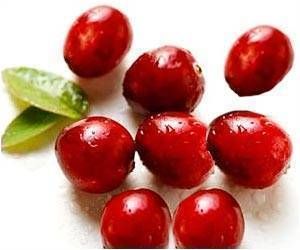A Brief History About the Uses of Cranberries

Share
The Cranberry (genus Vaccinium) is native to the swamps and bogs of northeastern North America.
The word cranberry derives from “craneberry” because the early European settlers in America felt that the expanding flower, stem, calyx and petals resembled the neck, head and bill of a crane bird. In 17th century New England, cranberries were sometimes called “bearberries” because bears were often seen eating them.
A few of benefits of cranberries
Cranberries are most closely related to blueberries, and the two contain a lot of the same health benefits, antioxidant properties and uses.
In North America, Native Americans were the first to use cranberries as food. It’s believed that cranberries were commonly eaten for their digestive support and ability to boost the immune system
They used a poultice made from cranberries to help heal wounds, according to the 1999 Encyclopedia of American Food and Drink.
Since the early 21st century, raw cranberries have been marketed as a “superfruit” because of their hefty nutrient content and antioxidant qualities.
Summary
With the majority of herbs used for herbal medicine originating outside of North America, I find it special that cranberries are native here. The reasons to consume cranberries is a no brainer with their great benefits for the body and they are quite delicious. Perhaps I am unique but cranberry sauce is a must on my Thanksgiving plate!
Herbal Roots Cranberry with Nettle supplement is an easy way to get the benefits of cranberries everyday.


